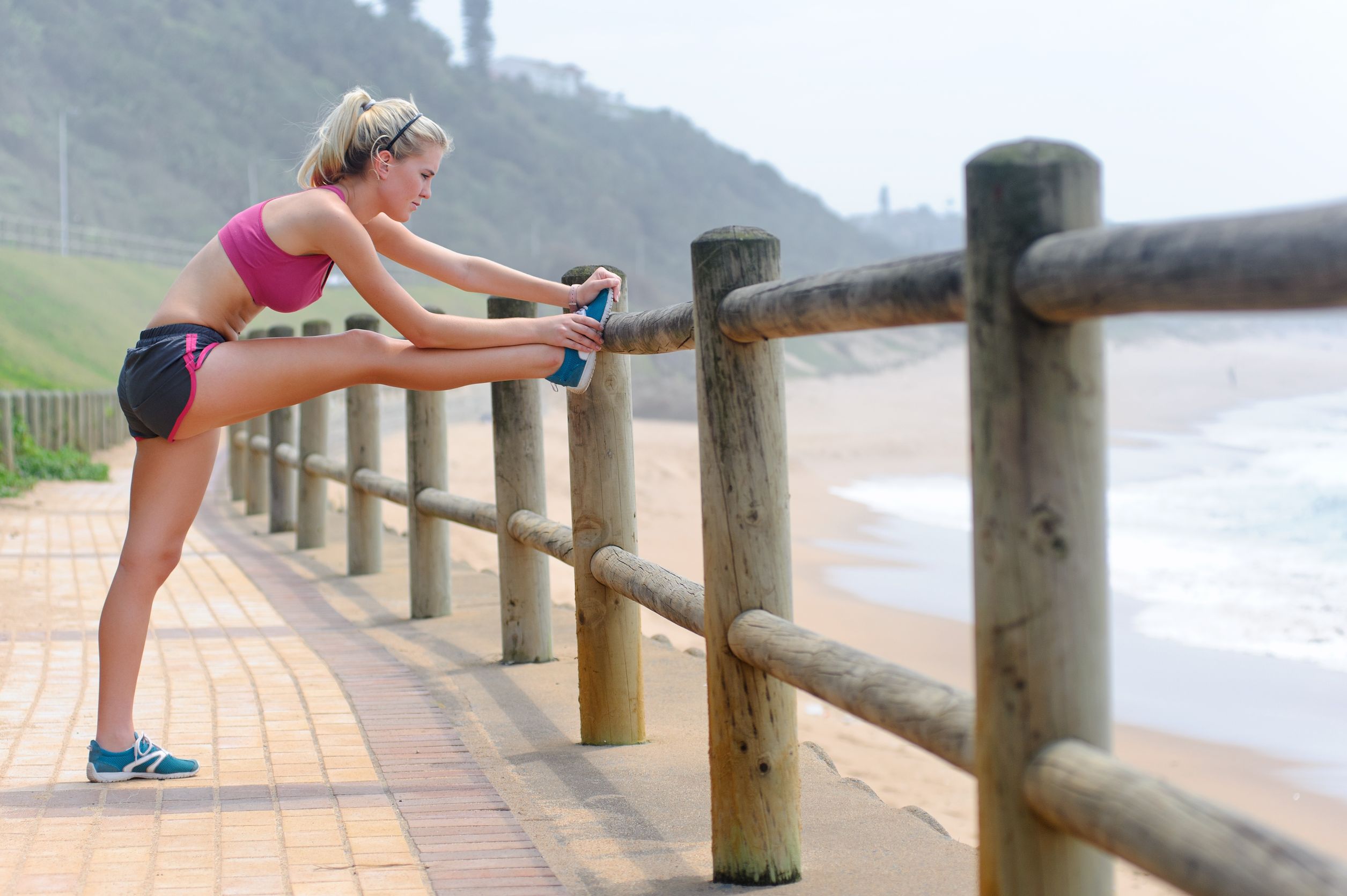No great athlete becomes a great runner without paying attention to his/her running form. They supplement their training with ancillary workouts to ensure their running form is close to perfect as possible. Maintaining good running form is important because firstly it can enable you to run more efficiently, and secondly because it can help prevent injury.
#1 Running Cadence
Running cadence is how many times your foot strikes the ground in a minute. You can calculate this by counting the number of times your right foot hits the ground in a span of 30 seconds. Multiply this number by 4 to get your running cadence. The optimal running cadence has always been described as 180 spm or more. A low stride rate means you are spending a lot of time floating in the air. Force is used to push yourself upwards, instead of forward – which should be the main goal. Hence, a high running cadence makes for greater running efficiency.
A good way to help increase running cadence is using a metronome.
Read More: Run Faster By Upping Your Stride Rate
#2 Foot Strike
Good running form has always been associated with landing on your forefoot. Landing on your heels has always been linked with overstriding issues. The consequence of this is that it increases the likelihood of overstriding which can lead to injury problems, especially in the knees. The best way to get yourself to start forefoot striking is to do running drills – baby steps, butt kicks, high knees and German marches.
#3 Flexibility
In some people, our running motion is limited by our flexibility. Our back lift isn’t high enough or our stride is too short because our hamstrings are too tight, or our quadriceps aren’t flexible enough. To tackle this, we need to improve our range of motion. Remember to always stretch after a run, because it will make a difference to your running form.
Read More: 7 Stretches For Runners
#4 Strengthening
No matter how great your running form is in the initial stages, if your body isn’t strong enough to hold that position, your running form will start to falter in the later stages of your run. This is where strengthening exercises come into play. Work on your hips and core region. Planks, clamshells, squats, and glute bridges are really important strength exercises for a runner. These simple exercises will help strengthen your core stabilizers, hip abductors, and hip extensors.
#5 Upper Body
Pay close attention to your upper body when you run. You want to keep your shoulders relaxed to avoid building tension in your shoulders. You should keep your arms close to your body. Tuck your elbows in such that your elbow swing is close to your body. You want your arms to be moving in a forward motion, not a circular motion.
Read More: 5 Tips For Any Runner To Become Faster




